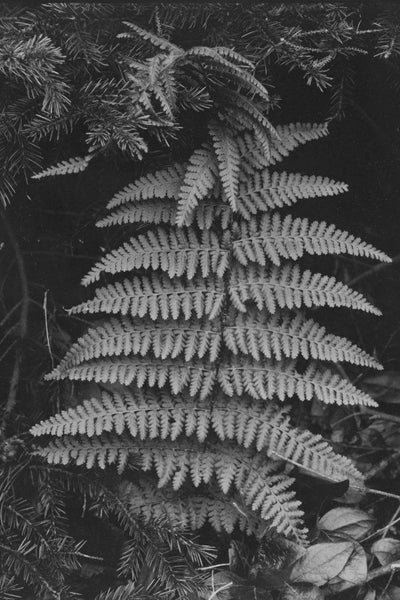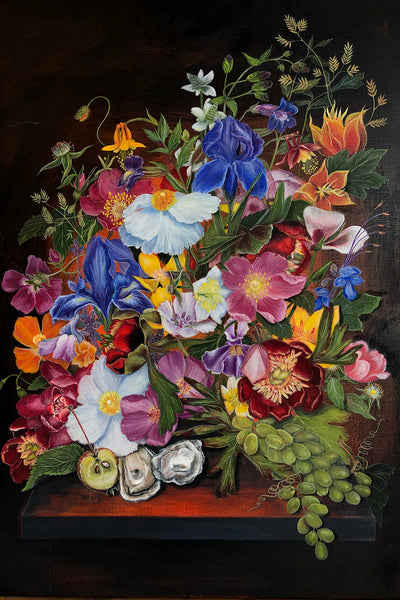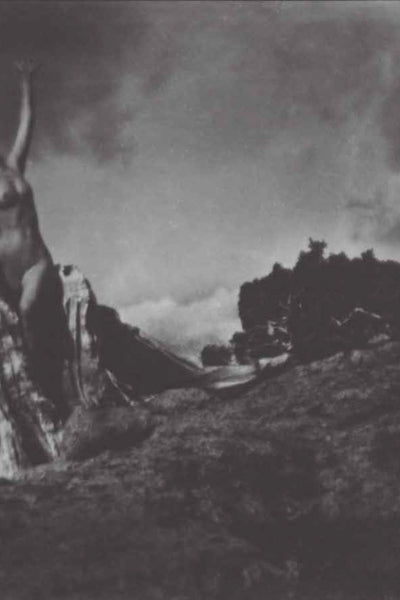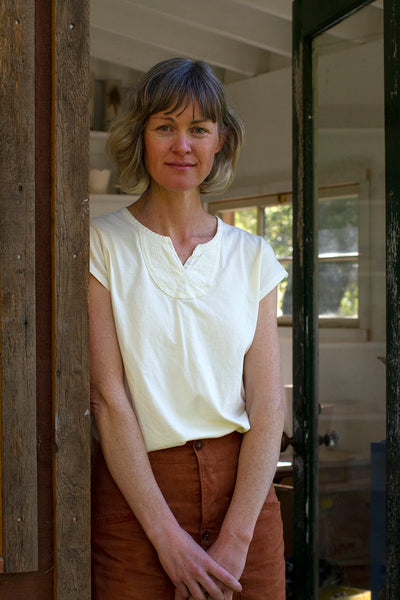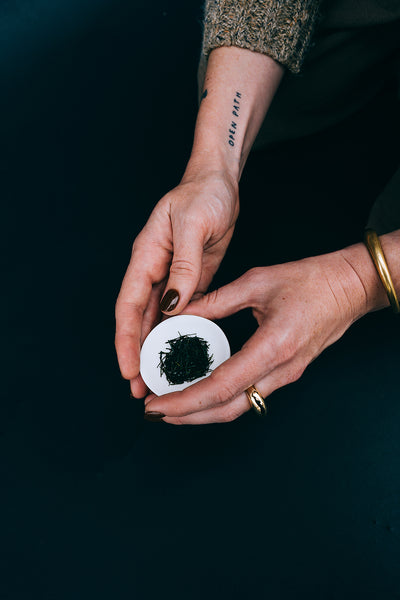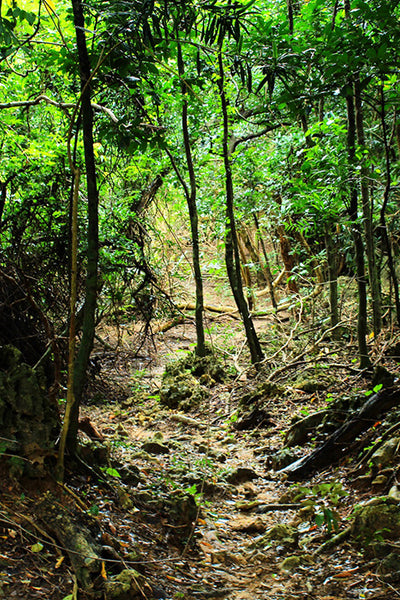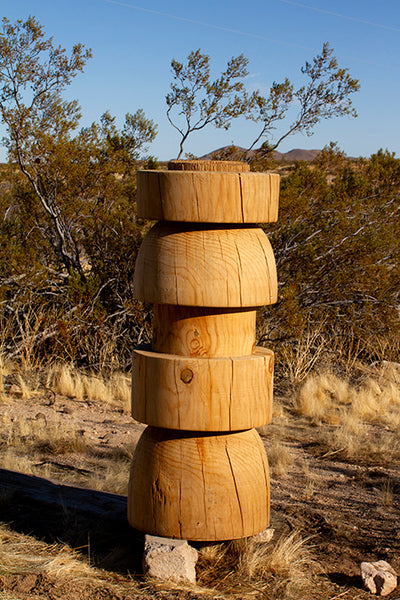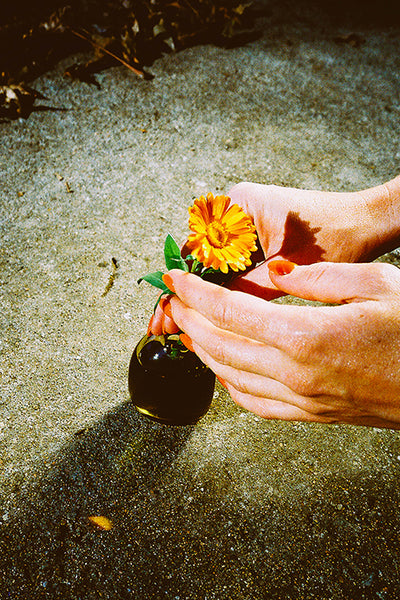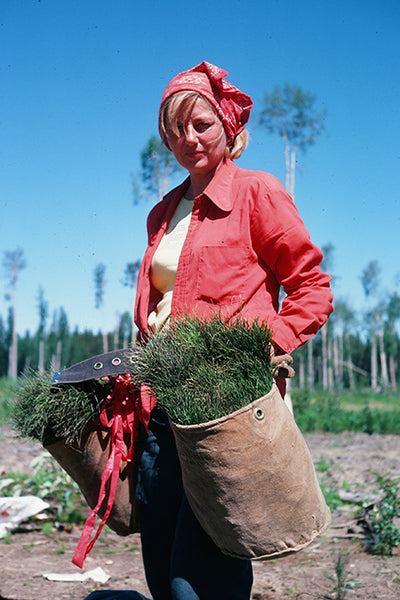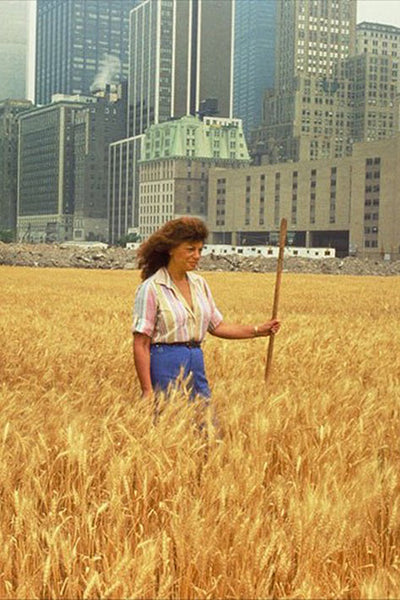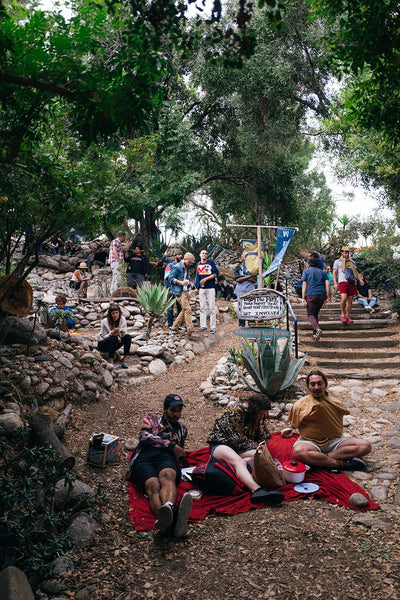The Plant Doctor

The Enduring Wisdom of George Washington Carver
Written by Diana Welch
Images credited below
“From a child I had an inordinate desire for knowledge, and especially music, painting, flowers, and the sciences.”
So wrote the brilliant and sensitive genius that was Dr. George Washington Carver, widely known for his groundbreaking work as an agricultural scientist, forward-thinking botanist, and dedicated educator; less so for his rich and varied life as a musician, painter and textile artist.

Stills from a film shot in 1937 by Dr. C. Allen Alexander, an African-American surgeon from Kalamazoo, Michigan. In December 2019, Dr. Alexander’s film was added to the National Film Registry of the Library of Congress, under the title George Washington Carver at Tuskegee Institute.

Dr. Carver was also an environmentalist who was far ahead of his time, articulating the interconnectedness between the health of the land and the health of the people who live on it — or as he put it, the “the mutual dependency of the animal, vegetable, and mineral kingdoms" — well before this holistic approach became a part of mainstream thinking.
Like so many formerly enslaved people, Carver’s childhood is difficult to recount, not only because of the sheer brutality of this country’s history but also because of the lack of written record of his early years. We know that his mother Mary was 13 when she was purchased by a slave owner named Moses Carver; nine years later, in 1864, Mary gave birth to George. The story goes that, when George was still an infant he, along with his mother and siblings, were kidnapped — and that only George and his brother James were returned to the 240-acre Carver farm, as orphans. There, he learned to read and write, and it is said that while James worked the fields, George spent most of his time in the garden.

“I love to think of nature as an unlimited broadcasting station, through which God speaks to us every hour, if we will only tune in.”
By many accounts, George was known as a “plant doctor” before the age of 11, consulted by local farmers who turned to the child for advice on how to improve the health of their gardens, fields and orchards. Hungry for knowledge, he left the Carver farm soon after to attend school in nearby Neosho. He lived with Andrew and Mariah Watkins, a childless African-American couple who gave him a roof over his head in exchange for help with household chores.
Before long, this talented child outgrew the education available to him in Missouri, so he set out for Kansas, an itinerant genius putting himself through school and surviving off of the domestic skills he learned along the way. It wasn’t untill the late 1880s, when George went to study art and piano at Simpson College where, he wrote, “they made me believe I was a real human being.” There, the young artist studied piano and art, etymology and essay-writing. He credits his art teacher Etta Budd in giving him the kind of encouragement that every student deserves, and guiding him toward the study of botany as a career.

As the first African-American student accepted to Iowa State, his profound research in the field of mycology earned him a spot on the faculty; he went on, as Director of the Iowa State Experimental Station, to discover two types of fungi, which were subsequently named for him. He began experiments in crop rotation after travelling to Tuskegee, Alabama to teach at the behest of Booker T Washington. On the train ride south, Carver took note that, as the varied fields of wheat and grain changed to that of endlees cotton fields, “Everything looked hungry: the land, the cotton, the cattle, and the people.” His explorations went on to change and challenge American agricultural techniques in unfathomable ways.

"Everything looked hungry: the land, the cotton, the cattle, and the people."
Throughout his career, Carver was a vocal proponent of the use of plants as food and medicine. “Anything will give up its secrets if you love it enough,” he wrote. “Not only have I found that when I talk to the little flower or to the little peanut they will give up their secrets, but I have found that when I silently commune with people they give up their secrets also – if you love them enough.”
Here, we share some of Dr. Carver’s recipes and recommendations, gathered from his beloved natural world and recounted in his own words from personal correspondence.*
Dr. Carver's Plant-Based Remedies + Recipes

ELIXIRS + TONICS:
"We used to play with sumac berries and make lemonade as we called it, and we would have our little store with sumac lemonade, grape vine wine (that is, we would take the young tender ends of grape vines and make them into a very pleasant drink), and sour grass, and many different things that children of the woods would know that the average city child would not.”
WEED SANDWICHES:
“The following things from Nature's garden formed the filling for the sandwiches you had for dinner: Curled dock (Rumex Crispus) tender leaves; Wild Onion (Allium canadensis) whole plant; Chick Weed (Stellaria media) whole plant when tender; Plantain (Plantago major) leaves; Pepper Grass (Lepidium Virginicum) young plants; Bed Straw (Galium aparine) tender tops; Dandelion (Taxacum officinale) young plants; Wild Lettuce (Lactuca canadensis) tender leaves; Rabbit Tobacco (Anenaria plantaginifolia) tender leaves and stems.”
POISON OAK REMEDY:
"Our favorite remedy was Solanum nigrum (black nightshade). You take the first leaves and stems, bruise them thoroughly, squeeze the juice out, and mix it half and half with sweet cream from cow's milk that is not soured and anoint with that. I have never known a case that it did not cure.”
RAGWEED TEA:
“For a number of years I taught Summer school, and along about the middle of June and July when green fruit came in, peaches, water melons, and cantaloupes, many of the teachers were indiscreet and drank great quantities of ice water, which naturally disarranged their digestion and threw them out of equilibrium... I naturally knew what the trouble was, and made a collection of plants used for that purpose, displayed them on the blackboard, and gave a lesson on their value...The ragweed headed the list...Just take a small bunch of leaves, make a tea about the strength of ordinary tea that you drink, and take a sip of this tea.”
PEPPERMINT
“This plant is familiar to almost everyone as a specific for weak stomachs, diarrhea and as a stimulant. As a domestic herb it has a wide range of uses. The leaves and the tops are the parts used.”
EVENING PRIMROSE
“Valuable in the treatment of coughs and asthmatic troubles etc. The entire plant is used.”
SASSAFRASS
“A most valuable aromatic stimulant, greatly in demand. The bark of both the root and the tree is used.”
YARROW
“A tonic mildly astringent, aromatic and used in dysentery and low fevers.”
WILD GINGER
“Used in much the same way as the yarrow.”
PLANTAIN
“Take the tender leaves and cook the stem, along with it the seed on, and they are so good for the system. I am so glad that you are keeping up with the program of the old time way of living. I can tell that you are getting stronger, just keep it up.”
ONIONS + GARLIC
“The onions belong to the garlic type and can be used much in the same way as they contain very distinct medicinal properties such as garlic ... I imagine when properly prepared they would be as good for high blood pressure as garlic. I feel sure that some scientist who has the time and inclination will test them out from that angle.”
CORN SILK
“I have a materia medica published in England one hundred forty seven years ago, and it gives much of the virtues of corn silk... It is especially valuable in all types of urinary and bladder disorders and the silk is especially valuable when one needs a sweat.”
MULLEIN
“I wish to say that mullein is one of the oldest of our medicinal plants and is a noted remedy for all kinds of coughs and colds, rheumatic troubles, stopping of blood, asthmatic affections, and all manner ofthings that human ills are heir to. It is of unusual value along that line, one of the best known of household remedies. The flowers are especially valuable in aggravated cases of earache.”
JIMSON WEED (Datura stramonium)
“Jimson weed is very highly medicinal and is used for almost all sorts of ailments such as swelling, fevers, salves, etc. Our jimson weed is known as Datura stramonium. It is one of the best known remedies for asthma, and has a wide range of medicinal properties”
HORSE CHESTNUT
“One ofthe barks was used many years ago as a substitute for quinine. The whole tree has very distinct medicinal properties.”
CATALPA
"The long catalpa pods if gathered at the correct time have been used for a great many years as a bitter tonic in medicine, but not so much now since so many synthetic chemicals have come out. For a long time they seemed to take the place of quinine in certain types of medicine but there is practically no demand for them now. The other two pods have been noted from childhood for the making of vanity bags, pin cushions, and all sorts of pretty Christmas, New Year, and greetings of that kind. They dye beautifully."
BLUE GENTIAN
“Fringed Gentian, sometimes called blue gentian ... is used locally as a very powerful tonic. In its use it is wise to follow up the method that the old people used, as there are so many different ways now of using plants that it is important to follow up the old methods if you wish to use them. It really has medicinal value.”

Dr. Carver's Drawings of Wild Edible Plants
Drawings and Plant Notations were sourced from George Washington Carver: For His Time and Ours Special History Study: Natural History Related to George Washington Carver National Monument, Diamond, Missouri Peter Duncan Burchard, Principal Investigator December 2005



